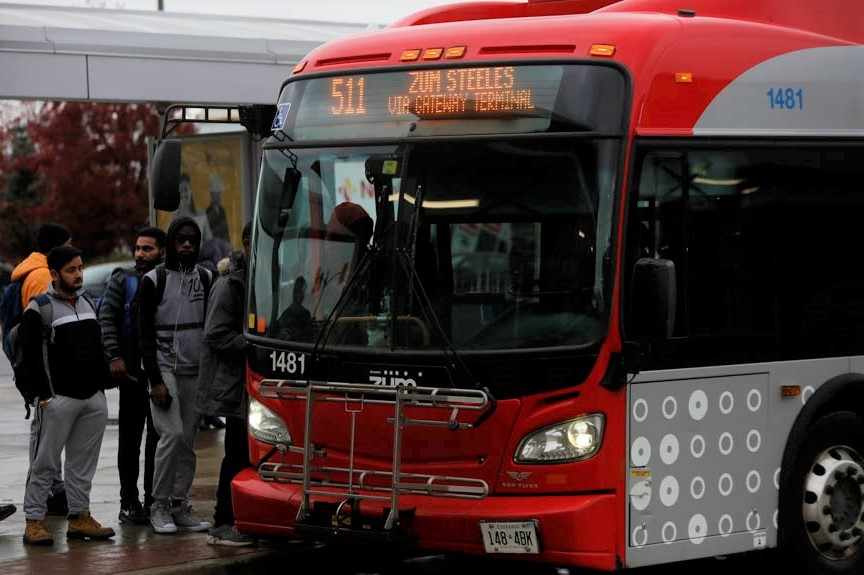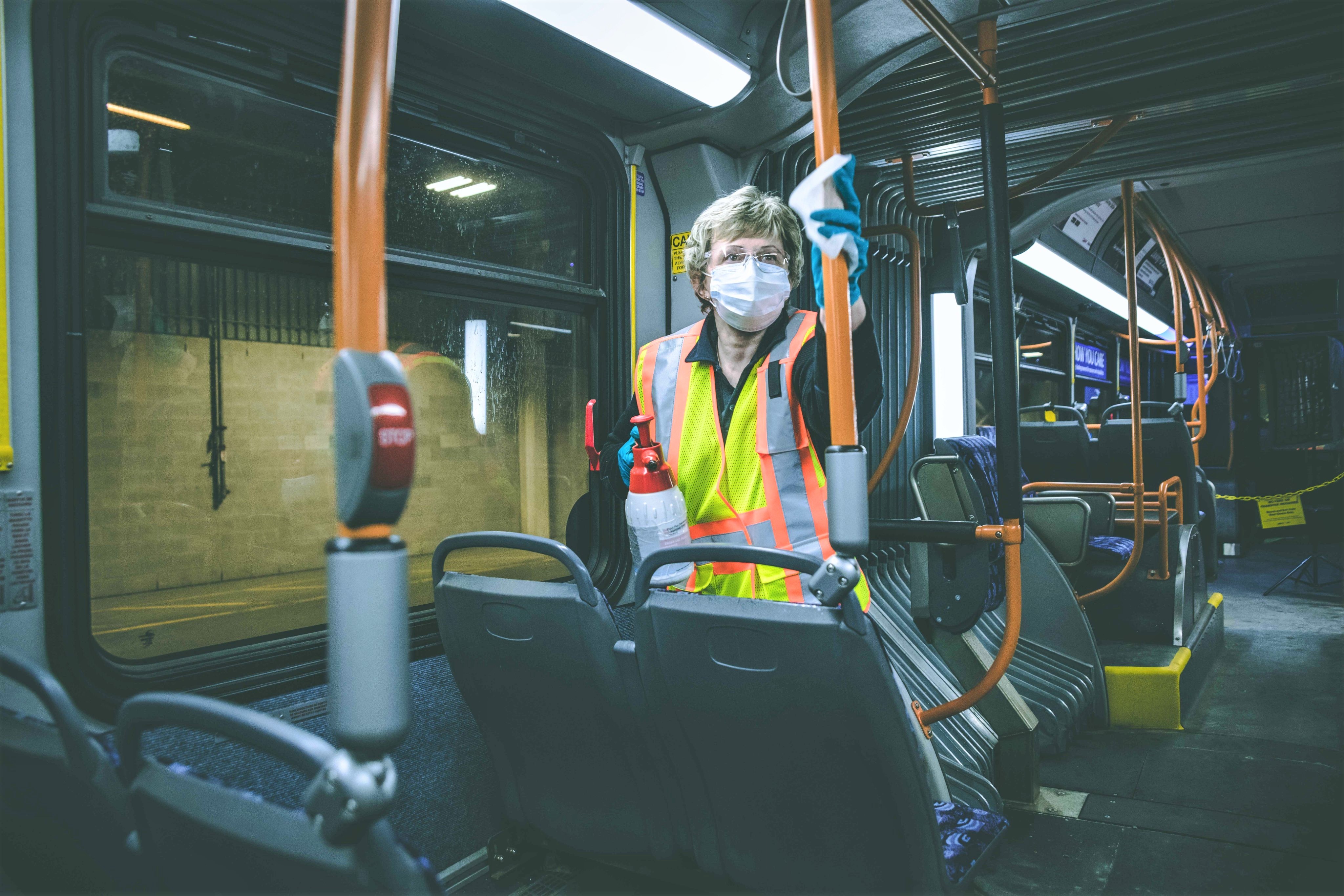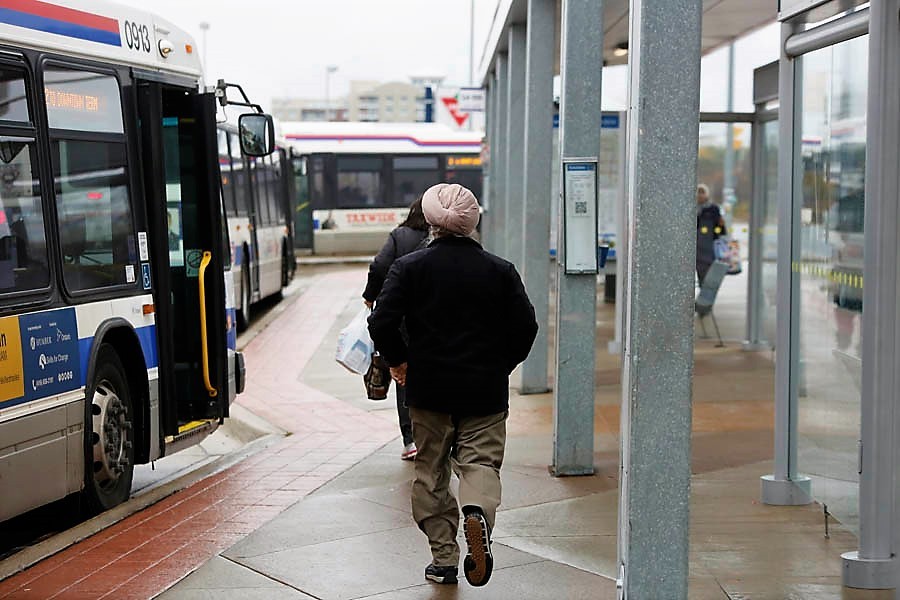
Brampton announces transit recovery plan, will charge fares by July 2
Riders can expect to pay fares again, front of bus loading, and mandatory masks on July 2 as the City plans to increase transit safely in accordance with the province’s guidelines. As fare collection begins again, the city will be keeping cleaning protocols and physical distancing measures in place.
The move comes as high rates of infection continue across the city, parts of which have been labelled hot spots by provincial officials. But the City, despite claims by many of its leaders that safety and local infection data will dictate decision making around reopening, is moving forward with a gradual return to normal transit service.
In a Committee of Council meeting Wednesday the mayor and councillors discussed how to keep both transit operators and riders safe. The barriers on buses for the operators will stay in place as well as the current schedule and limited capacity of riders to ensure social distancing.
Riders will be asked to board buses at the front but to exit at the back. A new yellow strip will be placed two metres behind the operators to make sure no passengers are in that area while the bus is moving. Front boarding will add 3-5 more seats on all buses.

Enhanced cleaning on Brampton buses will continue
Cleaning schedules of buses and transit terminals will stay in place for the foreseeable future. At the meeting, Council decided to make non-medical masks mandatory on all Brampton Transit buses as the system increases ridership. Council members and staff are still deciding if a limited number of non-medical masks will be handed out to riders who do not have one.
General manager of Brampton Transit, Alex Milojevic, said there are “huge cost implications” with the handing out of free non-medical masks to riders. He will be looking into it further and will bring back information at a later date to be shared with Council.
With the introduction of fares the City is going to be waving the $6 fee for a limited time to get a PRESTO card, to encourage contactless payment. All existing senior ID cards will have extended validity so that seniors don’t need to appear physically at City outlets to get a card.
Before COVID there were 45,000 customers a day taking transit which led staff and Council in 2019 to project a $7 million a month revenue. That revenue has drastically dropped by $4.7 a month since operations were dramatically curtailed due to the pandemic.
While Mayor Patrick Brown recently criticized the federal and provincial governments for not allocating enough money toward municipal recovery, the City has not said from where or how it will make up the loss of transit revenue.
In a statement obtained by The Pointer, the City said it will continue to advocate for government funding and that restarting the collection of fares on buses will help offset some costs.
Fares from passengers only covered 50 percent of the costs to operate transit in Brampton. Since March 23, Brampton Transit has operated with a maximum capacity of 15 riders which is drastically below the 60-plus riders pre-COVID.

Riders will have to pay fares again as of July 2
With strict physical distancing measures continuing in place, three quarters of all pre-COVID passengers are not able to be accommodated until heavier loads are permitted by public health officials. For Brampton Transit this could mean many passengers will not be able to take transit as they did before.
On top of that, there is discomfort for some passengers returning to a “new normal” on buses.
According to survey information from ABACUS Data that the City referred to during Wednesday’s committee of council meeting, 24 percent of regular transit riders won’t be ready to ride until there is a vaccine. However, 69 per cent of riders reported they would ride with conditions such as cleaning, enough room to distance, reduced numbers of passengers and requirements to wear a face mask.
The data from ABACUS was collected from transit users across Canada.
In 2020 the Brampton Transit budget increased 14 per cent due to high ridership growth over the past few years. Over the last four years the number of passenger trips has increased more than 50 percent.
In 2016, 83 percent of Bramptonians got to work by car; this is the result of the city being surrounded by highways and a lack of jobs within its borders, forcing people to commute elsewhere for employment. With this reality, transit has in the past taken a back seat when transportation planning revolved around the car. But after many calls from the public, Council had to extend Züm Transit service to Toronto Pearson International Airport, with thousands of essential workers in the city who work there.
Twelve full-time drivers for the route were hired, while 18 full-time drivers were added to the rest of the service — down from the 81 that had been projected for this year.
Email: [email protected]
Twitter: @taasha__15
COVID-19 is impacting all Canadians. At a time when vital public information is needed by everyone, The Pointer has taken down our paywall on all stories relating to the pandemic to ensure every resident of Brampton and Mississauga has access to the facts. For those who are able, we encourage you to consider a subscription. This will help us report on important public interest issues the community needs to know about now more than ever. You can register for a 30-day free trial HERE. Thereafter, The Pointer will charge $10 a month and you can cancel any time right on the website. Thank you.
Submit a correction about this story


